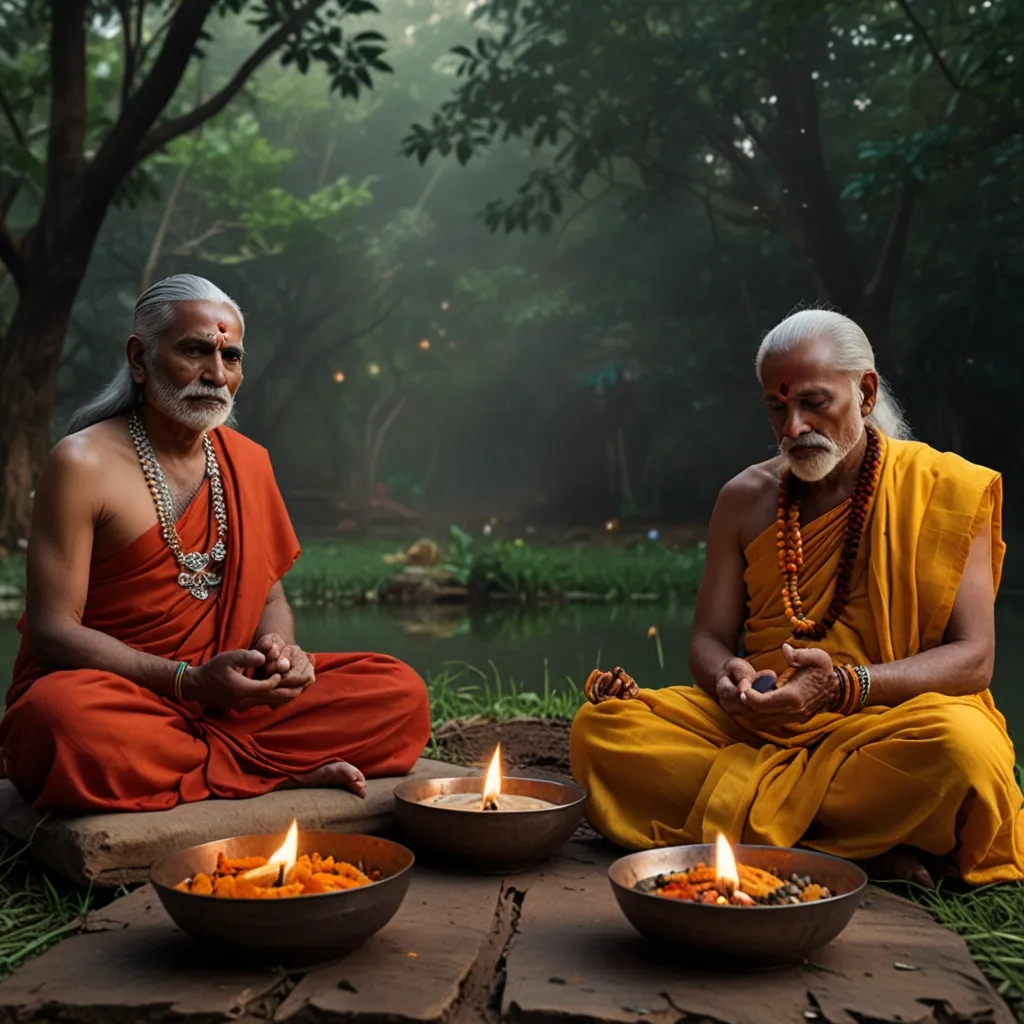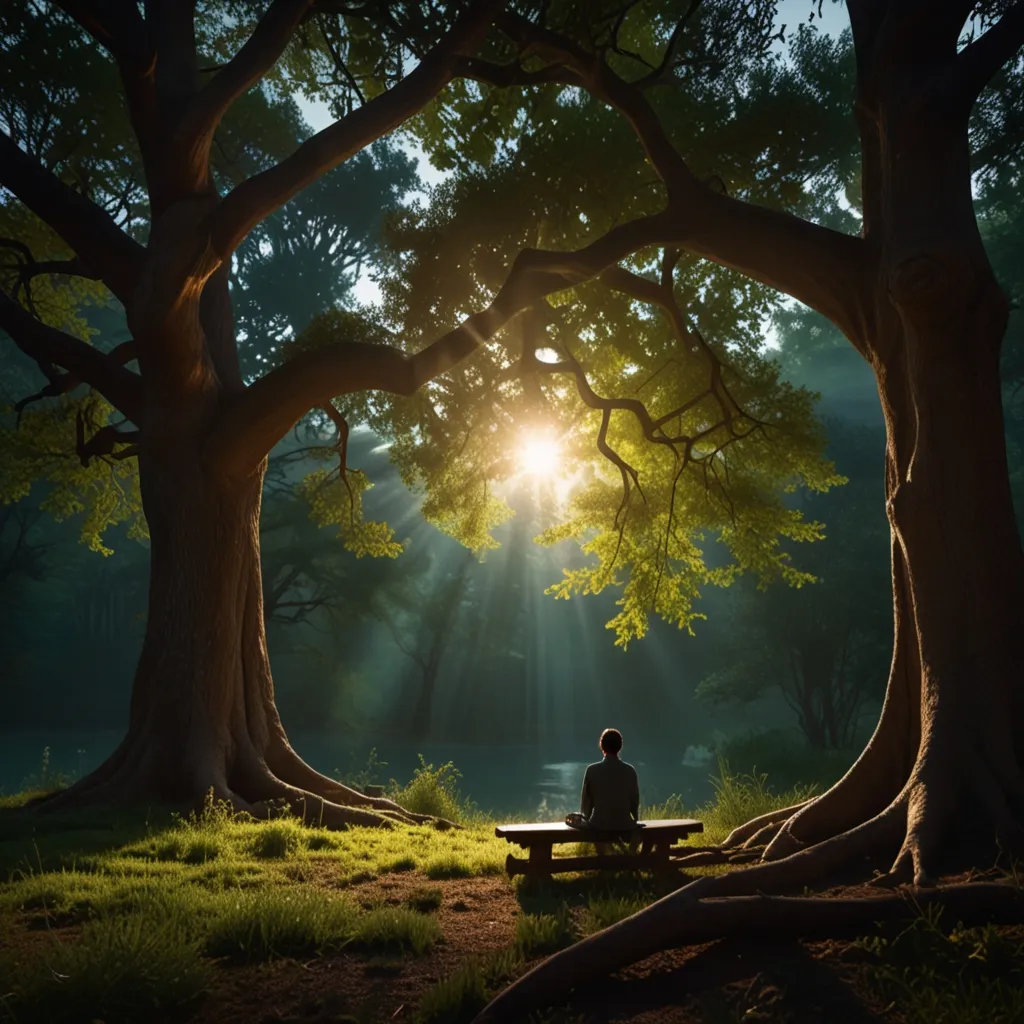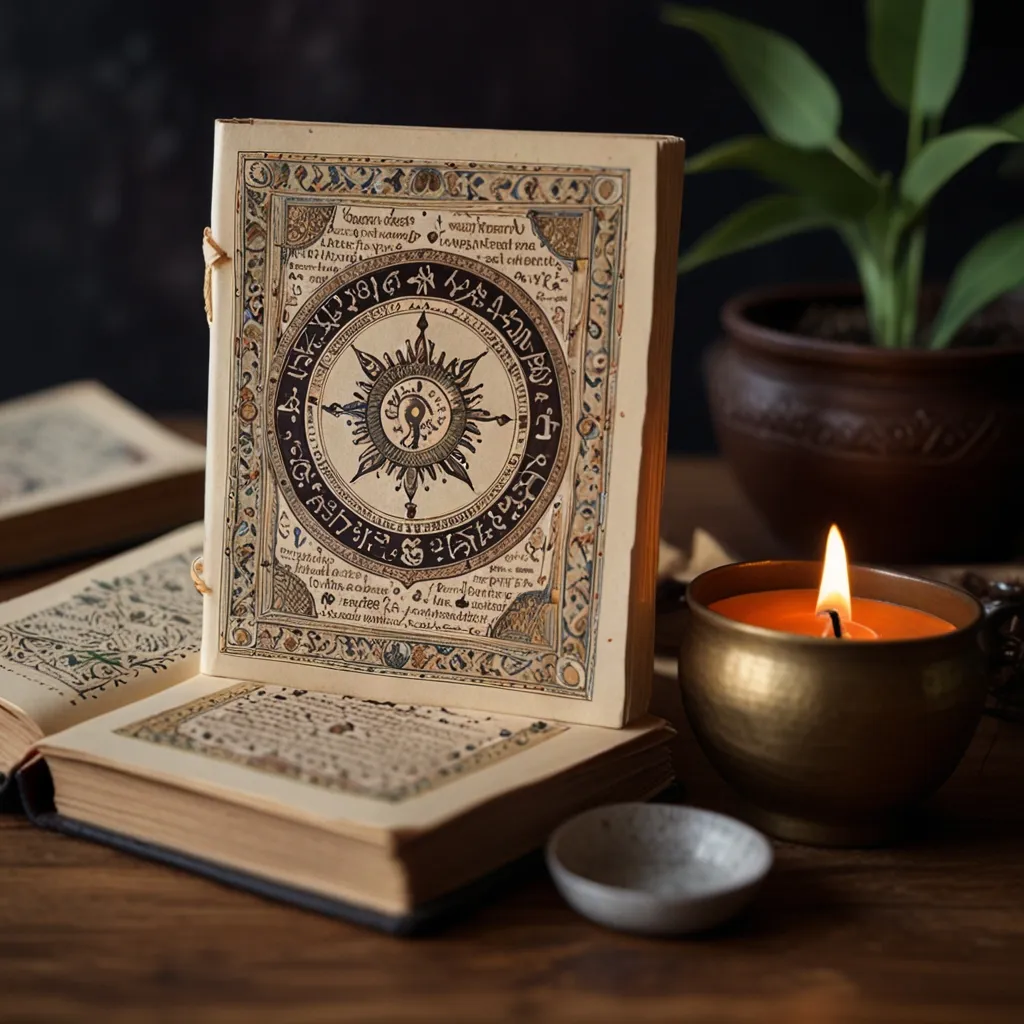Ah, the Samaveda! Now, there’s a gem of a text that’s been quietly orchestrating the symphony that is Indian culture. Imagine flipping through the dusty pages of time and stumbling onto a wonder that has strum chords across millennia. This ancient scripture, part of the revered quartet in Hinduism known as the Vedas, may seem at first glance like just another collection of old chants and mantras. But peel back the layers, and it’s the lifeblood of India’s musical, dance, and dramatic tapestry.
Let’s paint a picture of what Samaveda actually embodies at its very core. This spiritual giant doesn’t just sit pretty, looking archaic on a temple shelf. It’s essentially an anthology of melodies woven from selected mantras cribbed directly from the Rigveda. The juicy details lie in these melodies, called ‘Samans’, little compositions meant for singing or immersive listening. This isn’t your average read; it’s an experience. And these Samans? They are the first brick in the sprawling mansion of Indian music.
The artistry of Samaveda sings the names of various elements still threaded into the fabric of Indian music today—notes they’ve termed ‘svara’, minute variations called ‘sruti’, melodic narratives as ‘ganas’, and ‘talas’ which are rhythmic cadences. Picture these elements as the spices in a classic Indian curry, each vital and irreplaceable, together crafting a symphony of tastes. They’ve shaped not just how music wafts through the air, but how feet tap and voices emote on dance floors and stages.
In the domains of dance and drama, Samaveda’s influence drapes like an elegantly embroidered sari. Its melodies and rhythms have laid the bedrock for the intricate classical dances India is famed for. Graceful forms like Bharatanatyam or the storytelling in Kathak are dyed with the concept of ‘talas’, those meticulous rhythmic sequences that dancers adhere to with committed precision.
Drama, in its turn, has embraced this influence through the Natyashastra, a seemingly endless wellspring of ancient wisdom on performance arts. This venerable text, old as the hills, paints performance as so much more than leisure; it’s a doorway to the divine, a vehicle for spiritual elevation. Like pulling back the curtains of consciousness, isn’t it? Drama and dance, so intricately tied, aim to pluck the audience from their mortal coil and deposit them into a realm of elevated emotion.
The Natyashastra dances hand in hand with Samaveda, mapping out a grand vision where dramatics and music are parts of a greater whole. They speak of ‘rasa’, a delicious concept where performers infuse their audience with the essence or juice of an experience. It has shades of the universal, hinting at an intrinsic bliss lying dormant within us all, waiting to be awakened through compelling stories and vibrant rhythm.
Samaveda’s reach spills over into rituals and ceremonies too, filling spaces with sounds that ring like echoes of an ancient past. These Samans are majestic morsels of spiritual significance in the feast of Vedic rituals like yajnas. Picture a circle of devoted souls, mantras vibrating the air, their collective voices shaping a sanctuary of meditation and focus—a beautiful dance of sound and silence.
Fast forward to today, and one might wonder how an ancient relic like Samaveda holds sway. The answer is as bright as the morning sun. The musical traditions birthed within this text still pulse the beat of life into Indian classical music and traditional dance. Even contemporary artists dip into its pool, searching for deeper connections between art and the unknowable.
Interest, as modern as our latest gadget, ignites anew in the Samaveda’s potential. Researchers and scholars are examining its secrets, exploring how these age-old melodies might enhance our learning, our health, our very understanding of the cosmos. The tale of the Samaveda isn’t just one of nostalgia but of relevance, as timely as the tick-tock of now.
Yet, like everything precious, the Samaveda faces the enigma of preservation in a world that threatens to sweep it into the shadows. With thirteen original branches, now just four remain, gripping tenaciously to survive amid dwindling awareness. This isn’t just a matter of saving songs. It’s about holding on to a cultural lifeline that not only colors India’s past but still enriches its present.
Efforts to dust off and revitalize these Samans spring up like well-fed plants. Cultural programs and scholarly research thrive to sow seeds of awareness and appreciation. By rediscovering Samaveda, India takes a reflective look at its roots, embellishing not just tradition but the cultural tapestry that continues to weave with time.
In essence, the Samaveda isn’t just set in stone—it’s alive, urging us to listen, to dance, to evoke drama. It whispers the stories and tunes of a time long past into the ears of today. It’s a clarion call to explore history, embrace art, and sail the oceans of spirituality wrapped in the artful elegance of tradition. It’s a glorious testament to the notion that true beauty and wisdom, like age-old wine, only become richer through the ages.






